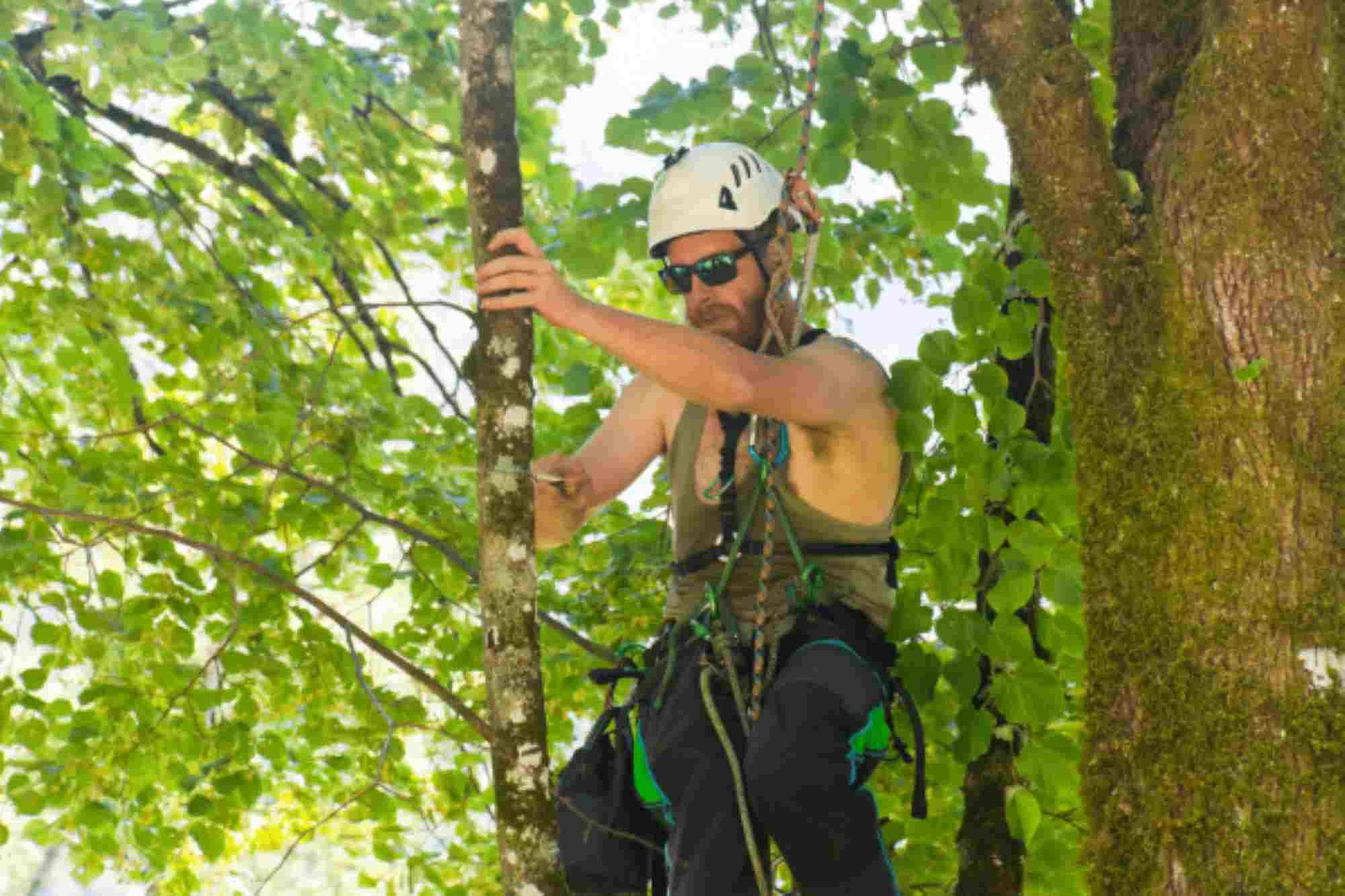When a tree suddenly cracks, falls, or threatens to come down during a storm, there’s no time to waste. Emergency tree removal isn’t just about protecting your property — it’s about protecting lives. Whether it’s storm damage, disease, or a tree leaning dangerously close to your house, knowing what to do in these high-stress situations can make all the difference.
Let’s walk through the ins and outs of emergency tree removal — including signs of danger, what to do first, who to call, and how to stay safe while it’s all happening.
What Is Emergency Tree Removal?
Emergency tree removal refers to the immediate cutting and removal of a hazardous tree or large limb that poses a threat to:
-
Homes or buildings
-
Power lines
-
Roads or driveways
-
People or pets
It’s usually performed after storms, high winds, floods, or tree failure caused by disease or age.
Common Causes of Tree Emergencies
?️ Storm Damage
Heavy winds, lightning, or ice storms can snap trunks or uproot entire trees.
? Root Failure
Erosion, heavy rain, or poor soil can cause a tree to suddenly tip or lean.
? Structural Damage
Cracks, splits, or hollow trunks weaken the tree, especially in older specimens.
? Pest Infestation or Disease
Infested or rotting trees can fall without warning.
? Accidents
Trees hit by vehicles or construction equipment may need fast removal.
Signs a Tree Is an Immediate Threat
-
A large limb is hanging or cracked
-
The tree is leaning suddenly or more than 15 degrees
-
Exposed or lifted roots
-
Trunk is split or hollow
-
Bark is falling off in large chunks
-
You hear creaking, popping, or cracking sounds
⚠️ If a tree is touching or near power lines, do NOT approach. Call your utility company immediately.
What to Do If You Have a Tree Emergency
? 1. Stay Calm and Stay Safe
Keep people and pets away from the area. A tree under pressure can fall without notice.
? 2. Call a Professional Tree Removal Service
Search for “24/7 emergency tree removal near me” — many companies offer same-day or after-hours service.
? 3. Notify Authorities if Needed
If the tree blocks a public road or touches power lines, call emergency services or the utility company.
? 4. Take Photos for Insurance
Document damage before anything is removed for smoother claims later.
Why You Should Never DIY Emergency Tree Removal
Removing a fallen or unstable tree isn’t like trimming a few branches. It’s dangerous.
❌ Risks of DIY:
-
Electrocution from hidden power lines
-
Injury from falling limbs or chainsaw accidents
-
Worsening property damage
-
Insurance void if done improperly
Leave this one to the pros — they have the gear, experience, and insurance.
What Does Emergency Tree Removal Include?
✅ Tree inspection and risk assessment
✅ Tree cutting and safe takedown
✅ Limb and debris removal
✅ Stump removal (if needed)
✅ Site cleanup
✅ Coordination with insurance (in some cases)
How Much Does Emergency Tree Removal Cost?
Emergency jobs usually cost more than routine removals because of urgency, risk, and after-hours labor.
? Average Cost Range:
-
Small tree (under 30 ft): $300–$600
-
Medium tree (30–60 ft): $600–$1,200
-
Large tree (60+ ft): $1,200–$3,000+
Additional fees may apply for:
-
Cranes or special equipment
-
Hauling large debris
-
Working at night or during storms
Does Home Insurance Cover Emergency Tree Removal?
Sometimes — but not always.
✅ Usually Covered If:
-
Tree falls on a structure (house, fence, garage)
-
Tree blocks a driveway or disabled access
-
Caused by a covered peril (wind, lightning, etc.)
❌ Not Covered If:
-
Tree was dead/diseased and neglected
-
Fell in the yard but didn’t damage anything
? Always check with your insurance provider and file a claim with clear photos.
How to Prevent Tree Emergencies
An ounce of prevention is worth a pound of cleanup. Here’s how to lower your risk:
? Schedule annual tree inspections
✂️ Prune dead or weak branches regularly
? Monitor leaning trees or shifting roots
? Treat pests and diseases early
? Hire a certified arborist to assess risks
Why Hire a Certified Emergency Tree Service
✅ Available 24/7
✅ Trained in high-risk tree removal
✅ Licensed and insured
✅ Equipped with cranes, bucket trucks, and safety gear
✅ Fast response and professional cleanup
Don’t trust a sketchy contractor during a crisis. Go with a certified arborist or emergency removal team with good reviews.
Conclusion
Emergency tree removal isn’t something you plan for — but it’s something you need to be ready for. Whether it’s a storm, a sudden lean, or a scary crack, acting fast (and smart) can prevent disaster.
Don’t risk your safety trying to handle it alone. Call a trusted professional, document everything for insurance, and breathe easier knowing you’ve protected your home and loved ones.
FAQs
1. How quickly can an emergency tree removal team respond?
Many services offer same-day or 24/7 emergency response, often arriving within a few hours.
2. What if the tree is leaning but hasn’t fallen yet?
That’s still an emergency. Call a professional immediately — it could fall at any moment.
3. Can I remove a tree touching a power line myself?
Absolutely not. Call your utility company and keep everyone away from the area.
4. Do emergency tree removal companies work in storms?
Yes — but only when it’s safe. High winds or lightning may delay response slightly for crew safety.
5. What should I do after emergency tree removal?
Check your insurance coverage, schedule a full tree inspection, and consider stump grinding or replanting if needed.



